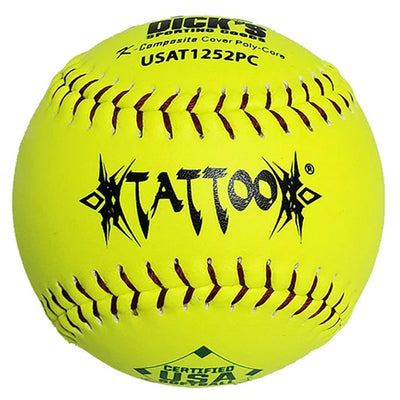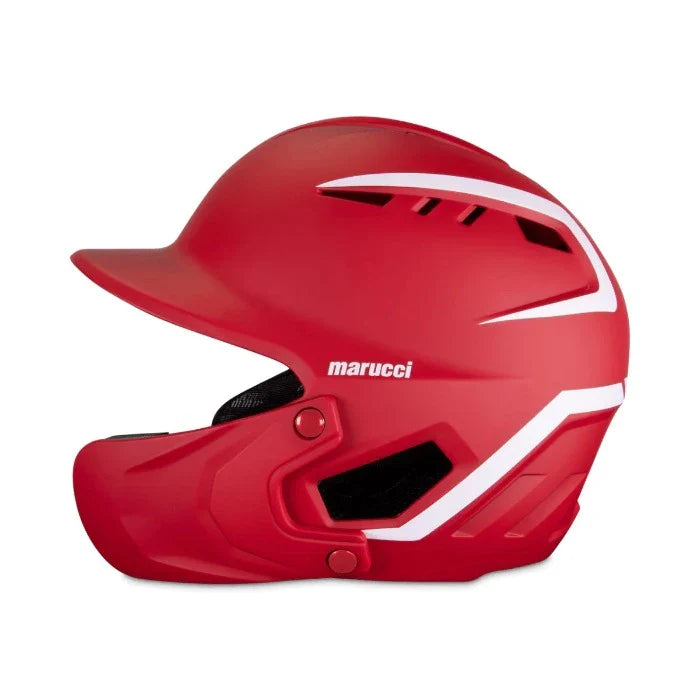What Causes Injury to Young Pitchers
Youth league administration and medical professionals alike have been concerned about the number of children who require serious surgery as a result of pitching in youth league baseball. The most common issue is the younger and younger ages that pitchers are requiring Tommy John Surgery. When you pitch, your forearm lags behind your upper arms which causes stress to your UCL in your elbow and ultimately leads to a rupture. While baseball remains one of the safest sports for youth athletes that doesn’t mean those in charge aren’t committed to addressing serious issues like this. Much has already been done but still yet 15 years of research has only given us a clearer picture of causation, not a perfect solution. Here’s what coaches, players, and parents need to know about prevention of injury to youth pitchers.
Let’s start by addressing what many people believe to be the biggest risk to young players’ arms, throwing breaking balls. For years, the general thinking has been that the unnatural angles and twisting that come from throwing curveballs and sliders were the root cause of the increasingly younger players requiring surgery. This thinking spawned comprehensive research, sanctioned by USA Baseball, on 1300 pitchers over a five-year period which showed there is no direct correlation to throwing curveballs with proper technique and arm injury.
If breaking balls aren’t to blame for younger and younger players requiring Tommy John, what is? The same USA Baseball study and 15 years of research from the American Sports Medicine Institute have reached the consensus that the number one risk factor for youth pitchers is pitching too much. Over time the anterior band of your UCL breaks down until it quite literally reaches the breaking point years later. To address this issue in 2007 Little League Baseball instituted regulations on how many pitches a pitcher can throw in one day and how long he or she has to rest. Most other youth leagues followed suit resulting in a decline in the injuries to young players.
Sadly, this issue is far from being solved and faces a myriad of threats. Over the past few years it has become common for children to play in as many as three different youth leagues come baseball season, a practice that not long ago was a rarity. One in four youth players who play in both leagues report to pitching for both teams simultaneously and 20% of those children reported arm pain. Simply put, the regulations put in place to manage player recovery are being undermined by poor coordination between leagues. Parents of athletes playing travel ball to make sure the coaches know if their child has pitched for another league and is in their rest period.
Another serious issue that can lead to arm injury is a lack of proper mechanics. Players who are never taught proper pitching fundamentals can develop unique releases, some of which put additional strain on the player’s elbow. Lastly, much of the damage to player arms isn’t done during the supervised games but during practice and training in the off season. It’s important for players, coaches, and parents to use common sense and put limits to the how and how much the player throws when developing their talents.
















